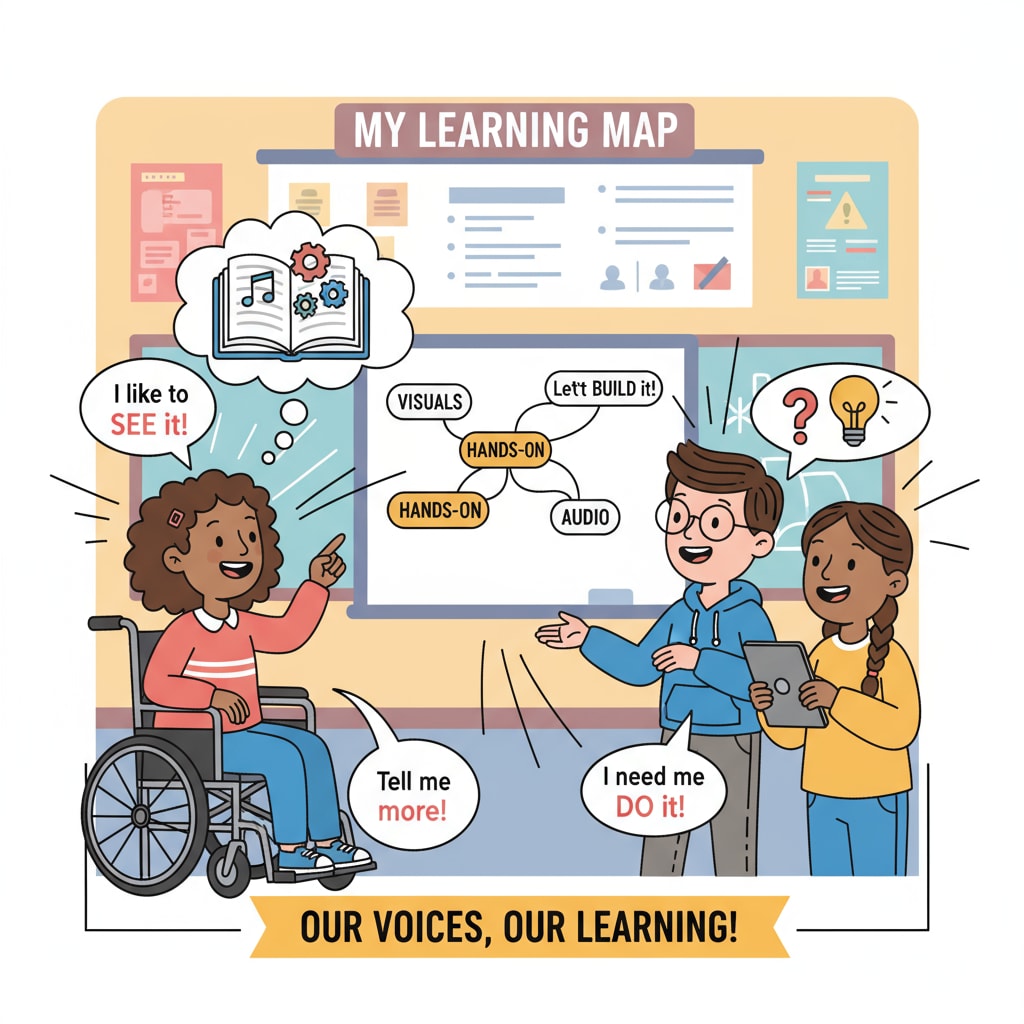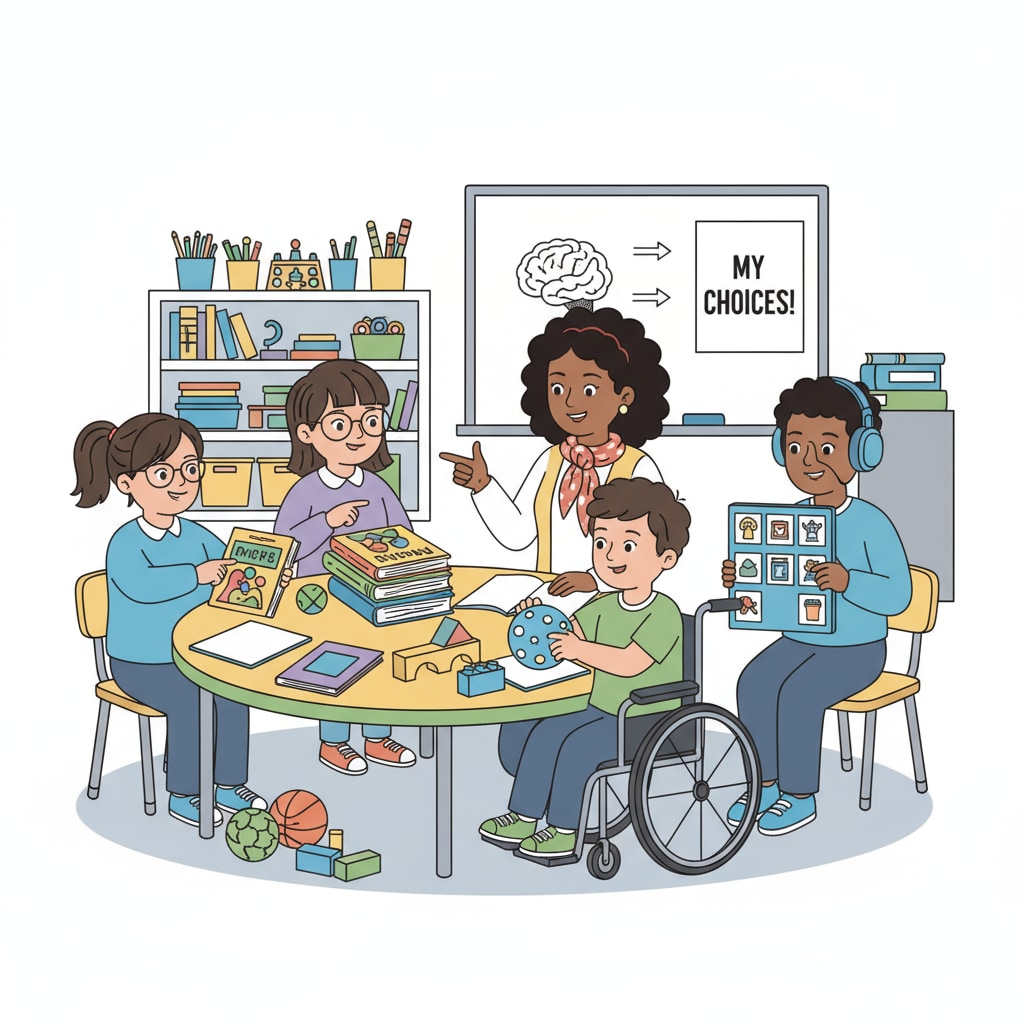Special education, student autonomy, and educational equality are fundamental aspects that significantly impact the lives of students with special needs. Just like their peers in mainstream education, these students have the right to determine their own learning paths and career development directions, rather than passively accepting what others arrange for them.

The Essence of Student Autonomy in Special Education
Student autonomy in special education means providing students with the opportunity to express their opinions, make choices, and take an active role in their educational process. This not only respects their individuality but also empowers them to take control of their own lives. For example, a student with autism might choose a hands-on learning activity over a traditional lecture-based one. By allowing such choices, we are acknowledging their unique learning styles and needs. According to Understood.org, an organization dedicated to helping children with learning and attention issues, promoting student autonomy can enhance their motivation and engagement in learning.

Link between Autonomy and Educational Equality
Educational equality is closely intertwined with student autonomy in special education. When students with special needs are given the freedom to choose, they are being treated on an equal footing with other students. It breaks down the barriers that might otherwise limit their educational opportunities. For instance, in a inclusive classroom setting, providing equal access to a variety of courses and extracurricular activities, regardless of a student’s disability, is a step towards educational equality. As stated on the official website of the U.S. Department of Education, ensuring educational equality is a key goal in special education.
Moreover, respecting student autonomy in special education also helps in preparing them for the real world. In society, everyone has the right to make choices about their lives, and by giving special education students this experience during their educational years, we are better equipping them to function independently as adults.
Readability guidance: This article uses short paragraphs to clearly present ideas. Each section focuses on a key aspect related to special education, student autonomy, and educational equality. Lists and examples are used to make the content more understandable. Transition words like “for example” and “moreover” are employed to enhance the flow of the text.


